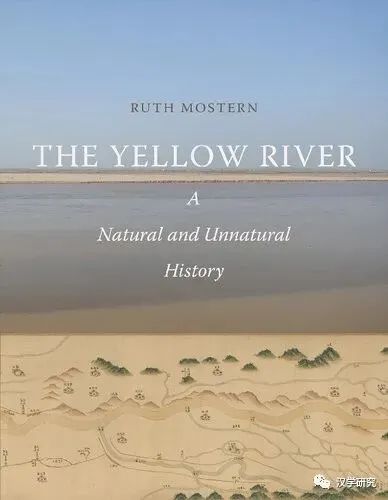作者简介

马瑞诗(Ruth Mostern)是匹兹堡大学历史系副教授和世界历史研究中心主任。她著有《分而治之:宋代国家的空间组织》(哈佛大学亚洲中心,2011年);合编《为名称定位:丰富和整合地方志》(印第安纳大学出版社,2016年)。马瑞诗的新作《追随大禹的足迹:黄河的帝国世界和生态世界》已被耶鲁大学出版社接受并签约。另外,马瑞诗目前负责两项美国人文学科基金会(NEH)资助项目:一项是为数字化旧地方志生态系统制作内容和搭建基础,另一项是设计和发布一套关于中亚水系的跨学科课程。
马瑞诗教授于2019年5月至6月在中心从事访问研究。本书是马教授在中心访问期间展开的持续研究的成果,并获得美国亚洲学会2023年度列文森中国研究著作奖。
Ruth Mostern (马瑞诗) is Associate Professor of History and Director of the World History Center at the University of Pittsburgh. She is the author of Dividing the Realm in Order to Govern: The Spatial Organization of the Song State (960-1276 CE) (Harvard Asia Center, 2011) and the co-editor of Placing Names: Enriching and Integrating Gazetteers (Indiana University Press , 2016). Her current book, Following the Tracks of Yu: The Imperial and Ecological Worlds of the Yellow River is in contract at Yale University Press. She is currently Pl on two NEH grants: one to develop content and infrastructure for an ecosystem of digital historical gazetteers, and one to design and launch an interdisciplinary curriculum about water in Central Asia.
新书介绍

Ruth Mostern,
The Yellow River: A Natural and Unnatural History
Yale University Press
自新石器时代至今,黄河及其流域一直影响着人类社会,也不断被形塑。马瑞诗利用黄河这一例证来说明人类活动对环境造成的显著且持续的影响,阐释了历史上人类、水和土壤之间的长期关联,以及人类决策造成的生态变迁,甚至是灾难性的后果。马瑞诗强调,纵观黄河三千年的历史,过去政府始终忽视了黄河流域的多样化生态系统(如草原、河岸森林、湿地和沙漠)之间的动态相关性,也没有看到政策带来的生态、文化影响。在本书中,她开创性地采用以档案研究和地理信息系统(GIS)记录为基础的跨学科方法,重新看待生态历史的模式、转变和破坏性断裂,并深刻总结了人类是如何既依附于自然系统,又不断影响它。
From Neolithic times to the present day, the Yellow River and its watershed have both shaped and been shaped by human society. Using the Yellow River to illustrate the long-term effects of environmentally significant human activity, Ruth Mostern unravels the long history of the human relationship with water and soil and the consequences, at times disastrous, of ecological transformations that resulted from human decisions. As Mostern follows the Yellow River through three millennia of history, she underlines how governments consistently ignored the dynamic interrelationships of the river’s varied ecosystems—grasslands, riparian forests, wetlands, and deserts—and the ecological and cultural impacts of their policies. With an interdisciplinary approach informed by archival research and GIS (geographical information system) records, this groundbreaking volume provides unique insight into patterns, transformations, and devastating ruptures throughout ecological history and offers profound conclusions about the way we continue to affect the natural systems upon which we depend.


